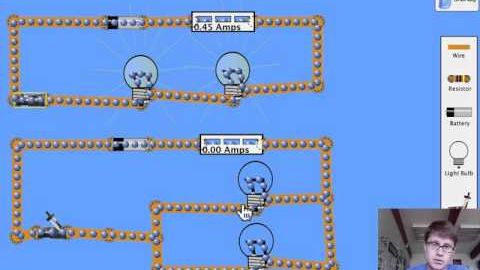
Subtitles & vocabulary
Series and Parallel Circuits
00
kiss08099 posted on 2016/06/16Save
Video vocabulary
turn
US /tɚn/
・
UK /tɜ:n/
- Intransitive Verb
- To become (a particular age)
- To become a different quality, color, etc.
- Verb (Transitive/Intransitive)
- To change the direction of something, e.g. a car
- To move in an opposite direction or position
A1
More current
US /ˈkɚrənt, ˈkʌr-/
・
UK /'kʌrənt/
- Uncountable Noun
- Electricity flowing through wires
- Movement of water in a river, or air in the sky
- Adjective
- Happening or being in the present time
- In general use or accepted by most people.
A2
More drop
US /drɑp/
・
UK /drɒp/
- Noun
- Distance between a higher and a lower level
- Act of letting something fall (from your hand)
- Transitive Verb
- To drive someone to a place and then drive away
- To let something fall from your hand
A1TOEIC
More series
US /ˈsɪriz/
・
UK /ˈsɪəri:z/
- Noun (Countable/Uncountable)
- Set of stories or articles on a particular subject
- A number of things, events, or people of a similar kind or related nature coming one after another.
- Noun (plural)
- Number of things that happen one after another
A1TOEIC
More Use Energy
Unlock All Vocabulary
Unlock pronunciation, explanations, and filters
